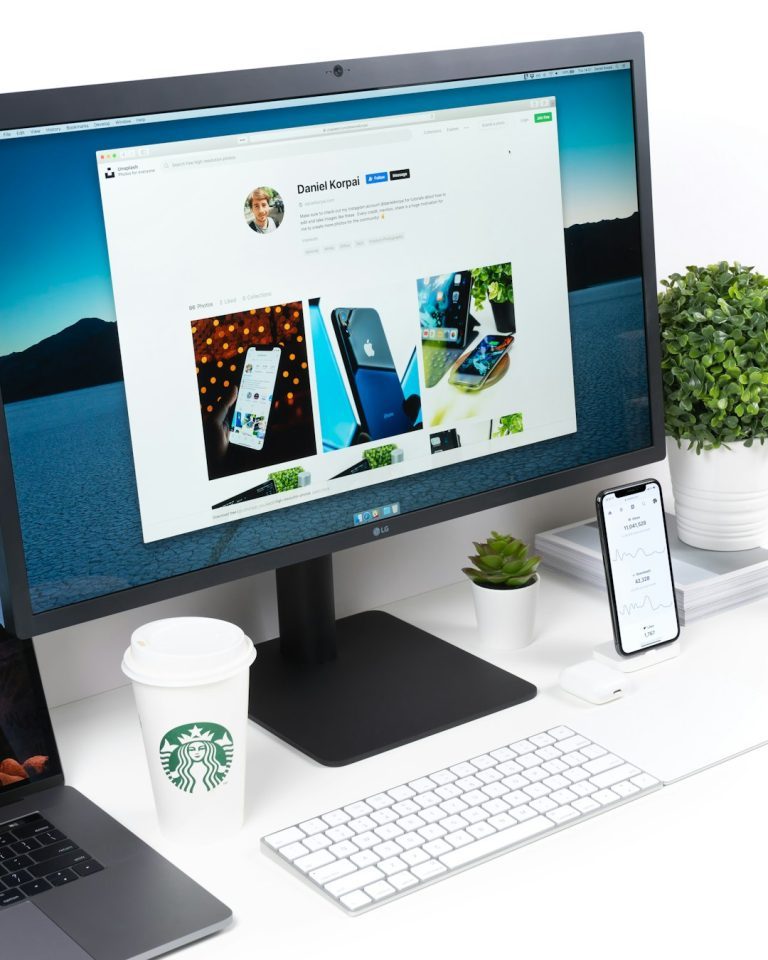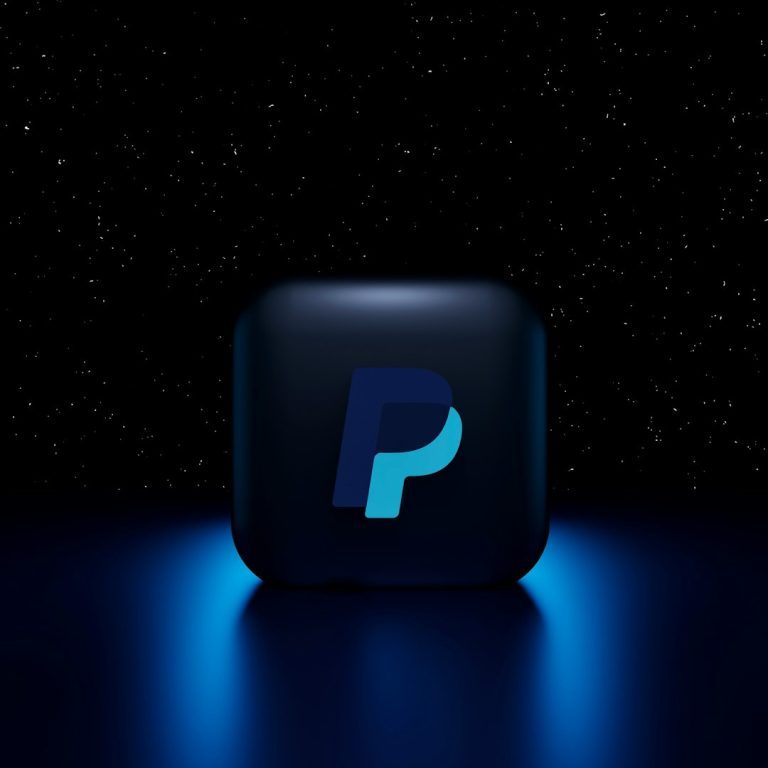In the digital era, attention isn’t just scarce—it’s expensive. Whether you’re creating a presentation for a client or crafting a homepage to showcase your brand, design is no longer just about aesthetics. It’s about clarity, flow, and conversion.
Modern audiences skim before they read. If the visual structure doesn’t guide them, they move on. This makes it essential to design with intent—ensuring that every element on a slide or a webpage contributes to understanding, focus, and next steps. Understanding how visual communication works across mediums helps deliver a more consistent and effective user experience.
At SlideUpLift, we design free slides templates that do more than just look polished—they move audiences to take action. These templates are grounded in business psychology, communication science, and visual hierarchy. But what may surprise you is that the same principles that drive results in a boardroom presentation can also improve how your website performs.
Here’s how.
1. Visual Hierarchy: Structure for Scannability and Impact
Every template we design at SlideUpLift is built around visual hierarchy—the practice of arranging content so that the most important elements stand out. On a presentation slide, this means guiding the viewer’s eyes from the slide title to the key message, and finally, to supporting visuals.

In website design, this concept is just as essential. Visitors decide in seconds whether to stay or bounce. Organizing your layout with defined headers, subheads, and strategically highlighted keywords ensures that key messages don’t get buried. Keep font pairings consistent, use bold weight selectively, and maintain spacing that balances visual weight—not clutter.
✅ SlideUpLift Tip: Use proportion, contrast, and alignment in both slides and web pages to communicate importance instantly.
2. Linear Story Flow: One Idea at a Time
Unlike open-ended dashboards or scattered interfaces, presentations follow a defined narrative. Each slide represents a single idea or argument, making it easier for audiences to follow the logic.
This design thinking applies seamlessly to websites. Instead of overwhelming users with all information at once, guide them through a logical sequence: problem → solution → benefits → next step. For example, frameworks that break content into structured phases can make information more digestible. layouts, often used in onboarding or planning presentations, use time-based storytelling to keep the audience engaged and focused.
✅ SlideUpLift Tip: Our templates follow the storytelling arc to deliver persuasive clarity. Consider using this same structure in your landing page content to keep your message focused and impactful.
3. Conversion-Driven CTAs: More Than Just Buttons

On presentation slides, a closing line like “Let’s connect” or “Start your trial today” isn’t accidental—it’s the culmination of everything that came before. At SlideUpLift, every call to action is strategically placed and contextually relevant.
For web interfaces, CTAs shouldn’t be generic or placed arbitrarily. The wording, color contrast, and proximity to the message all affect user behavior. A website CTA should feel like a natural next step in the conversation, not an interruption.
✅ SlideUpLift Tip: Use power verbs and keep CTAs outcome-oriented. In both slides and sites, the more specific and clear the action, the higher the conversion.
4. Consistency in Design Language: Reduces Friction, Builds Trust
Our PowerPoint templates maintain consistency across every visual element—color schemes, iconography, font types, and data visualization styles. This ensures a seamless experience and communicates brand professionalism.
Web users benefit from the same design discipline. Visual inconsistency (like mismatched typography or unpredictable spacing) creates friction and weakens brand identity. Uniformity fosters cognitive ease, which directly affects how long users stay and how they interact.
✅ SlideUpLift Tip: Establish design rules once and apply them across all assets—slides, web pages, banners, and headers.
5. Data Visualization: Simplicity Without Oversimplification
SlideUpLift templates often include charts, infographics, and data visuals that distill complex information into digestible formats. These visuals don’t just decorate—they clarify.
This principle carries weight in web design too. Whether you’re showcasing case studies, metrics, or user feedback, visual representation enhances retention and trust. Keep it readable, relevant, and minimal.
✅ SlideUpLift Tip: Limit each data visual to one core insight. Focus on clarity over quantity.
6. User Intent Awareness: Design to Answer, Not Just Show
Our presentation templates are designed with a clear audience intent in mind—whether it’s to persuade a client, report metrics, or present a strategy. Each design choice is audience-first.
Websites must do the same. Visitors arrive with questions. The design should guide them quickly to answers through intuitive navigation, clear headings, and value-focused messaging.
✅ SlideUpLift Tip: Before designing a page (or a slide), ask: “What does the user need to understand within the first 10 seconds?”
Final Thoughts
Whether you’re speaking to a boardroom or reaching a digital visitor, the objective is the same: communicate clearly and move people to act. The strategies that make SlideUpLift’s templates effective—visual flow, structured storytelling, purposeful calls-to-action, and design consistency—translate directly into web experiences that convert.
In both mediums, the key lies in simplifying complexity without losing meaning. When your message is presented with clarity and intent, users engage faster and decisions follow naturally. By applying SlideUpLift’s presentation logic to your website, you not only improve design—you improve outcomes.
Want to see how effective visual communication looks in action?
Explore SlideUpLift’s PowerPoint templates to find business-ready designs rooted in psychology, clarity, and conversion logic.




